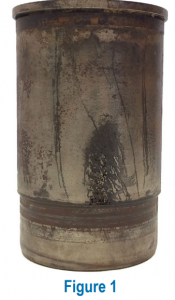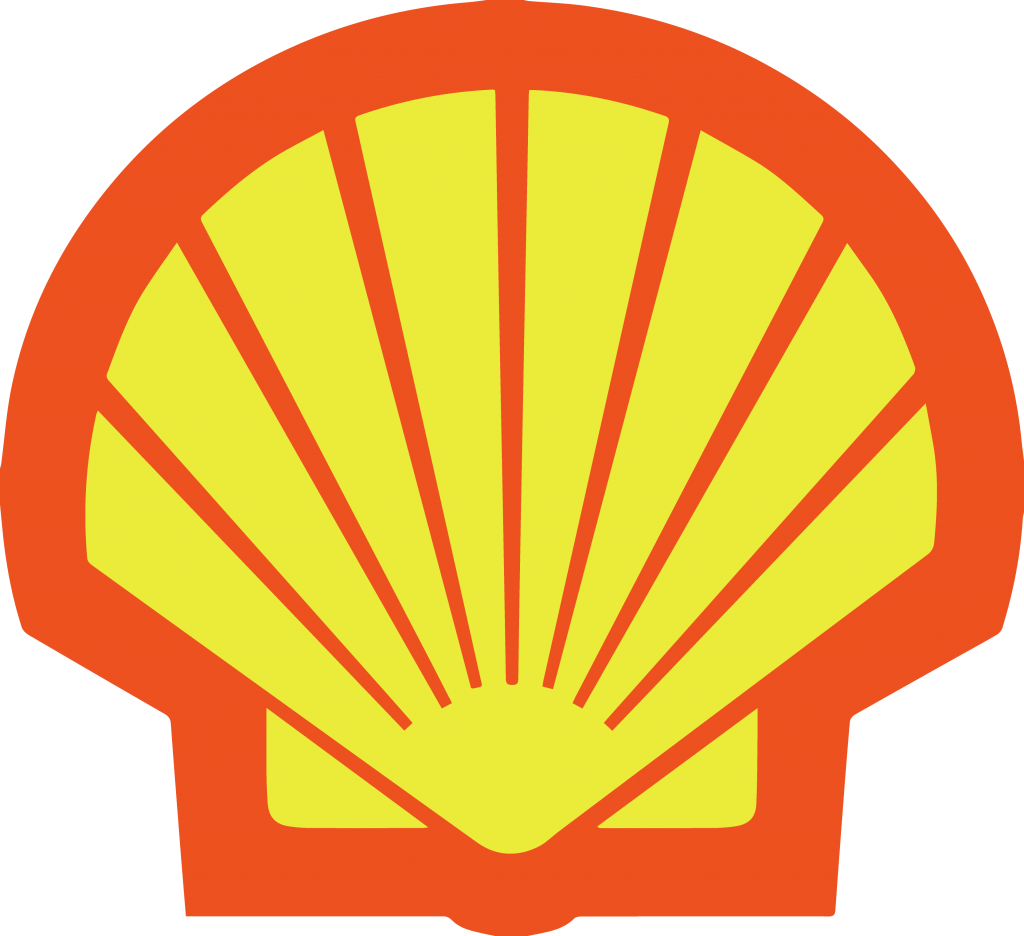
"COOLANTS ARE JUST COOLANTS... THEY’RE ALL THE SAME"
This is a common refrain that we hear from customers. Coolant is one of the less-regarded aspects of vehicle maintenance, but using the wrong coolant can result in thousands of dollars of damage. Let’s talk about the two main differences of coolant types so that we can debunk this statement once and for all.
HEAVY DUTY VS AUTOMOTIVE
 The most important distinction we can make with coolant varieties is whether or not a coolant is for automotive (light-duty) or heavy-duty use. The main difference between these coolant types is the presence of inhibitors to protect wet sleeve liners. Vehicles with wet sleeve liners must use a heavy-duty coolant: if a light duty coolant is used in a heavy-duty application, the wet sleeve liners can take damage, develop holes, and destroy the engine. See an example of such damage in Figure 1. This type of damage is the result of cavitation corrosion.
The most important distinction we can make with coolant varieties is whether or not a coolant is for automotive (light-duty) or heavy-duty use. The main difference between these coolant types is the presence of inhibitors to protect wet sleeve liners. Vehicles with wet sleeve liners must use a heavy-duty coolant: if a light duty coolant is used in a heavy-duty application, the wet sleeve liners can take damage, develop holes, and destroy the engine. See an example of such damage in Figure 1. This type of damage is the result of cavitation corrosion.
Note: there is some confusion between light and heavy-duty coolants because it used to be common to buy light-duty coolant and then add a supplemental coolant additive (SCA) to convert the LD coolant into HD coolant. This is rarely done now – people using HD conventional
technology typically buy it “pre-charged,” i.e., with the SCA already incorporated.
CONVENTIONAL VS OAT

With just those two key points, you will be able to identify the most important considerations when it comes to coolant type. Just any coolant will not do: using the wrong coolant or a coolant in the wrong way can be a costly error.
NITRITED VS. NITRITE-FREE
Nitrite is a corrosion inhibitor present in heavy-duty antifreeze, primarily used to prevent wet sleeve liner pitting or cavitation corrosion, a type of corrosion that occurs in heavy-duty engines when bubbles continuously form
and burst on the “wet” side of a wet sleeve liner. Conventional technology coolants that primarily use nitrite to protect against liner pitting must be maintained more frequently, due to nitrite’s tendency to deplete over time.
The birth of nitrite-free coolant began with the introduction of emissions requirements for heavy-duty on-the-road vehicles. Beginning in 1985, the EU and the EPA started tiered regulations for diesel exhaust emissions. With each successive tier of regulations, the acceptable levels of nitrogen oxides (NOx) and particulate matter (PM), the two primary pollutants from diesel engines, have gone down significantly (see chart below). To meet increasingly stringent EPA requirements, heavy-duty OEMs developed emissions reduction innovations such as diesel exhaust filters and exhaust gas recirculation (EGR) systems, both of which increase the amount of heat that the coolant must absorb. The EGR system increases the coolant’s heat intake by 25-30%!

FALL IS JUST AROUND THE CORNER...
With fall quickly approaching, it is time to check your antifreeze levels before the outside temperature drops. If you notice your antifreeze is low, follow the tips below.
How to top off anti-freeze
Your vehicle’s anti-freeze reservoir should be easily identified by its colored lid, which often has a warning symbol to highlight the danger of unscrewing the cap when the engine is running or hot.
- Verify the type of anti-freeze that is suitable for your vehicle
- Ensure your car engine is cool
- Check the minimum & maximum lines
- Use a rag and or protective gloves to remove the reservoir cap
- Fill to the line recommended in your owner’s manual
- DO NOT overfill as this can lead to damage
When it comes to draining & replacing the antifreeze, advice varies depending on the vehicle manufacturer. It’s generally recommended to have an antifreeze change after around 30,000 miles. Take a look in your owner’s manual for specific advice for your vehicle.













